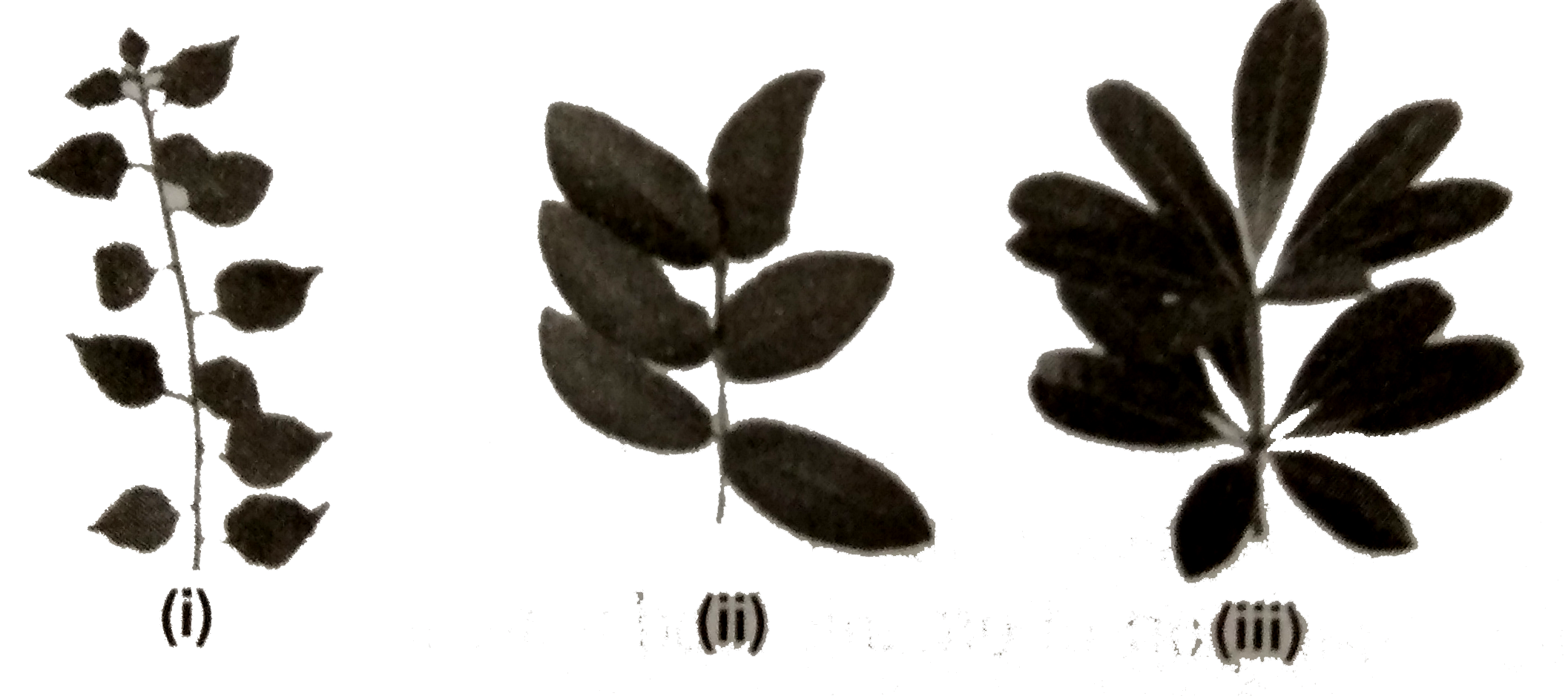
Study the given figures carefully showing the development of root nodules and arrange them in a correct sequence.
(i),(ii),(iii),(iv)
(ii),(iii),(i),(iv)
(i),(iv),(iii),(ii)
(iv),(i),(ii),(iii)
The correct Answer is:C
Step by step video, text & image solution for Study the given figures carefully showing the development of root nodules and arrange them in a correct sequence. by Biology experts to help you in doubts & scoring excellent marks in Class 11 exams.
Updated on:21/07/2023Topper's Solved these Questions
- MINERAL NUTRITIONBOOK - NCERT FINGERTPS ENGLISHCHAPTER - MINERAL NUTRITIONEXERCISE - Assertion & Reason
15 Videos
- MINERAL NUTRITIONBOOK - NCERT FINGERTPS ENGLISHCHAPTER - MINERAL NUTRITIONEXERCISE - Mineral Nutrition
130 Videos
- LOCOMOTION AND MOVEMENTBOOK - NCERT FINGERTPS ENGLISHCHAPTER - LOCOMOTION AND MOVEMENTEXERCISE - Locomotion And Movement
139 Videos
- MORPHOLOGY OF FLOWERING PLANTSBOOK - NCERT FINGERTPS ENGLISHCHAPTER - MORPHOLOGY OF FLOWERING PLANTSEXERCISE - Morphology Of Flowering Plants
135 Videos
Similar Questions
Explain the development of root nodules in soyabean.
View SolutionStudy the given figure which shows the development of root nodules in soyabean. Match the correct explanation and find the correct sequence for labelled diagrams.

(I) Rhizobium bacteria contacting a susceptible root hair.
(II) A mature nodule having vascular connection with roots.
(III). Infection thread carrying bacteria to the inner cortex.
(IV). Curling of root hair due to successful infection.
View Solution
Knowledge Check
Study the given figures representing the process of binary fission in Amoeba.
Arrange the figures in the correct sequence and select the correct answer.
 A(iv)→(iii)→(i)→(ii)→(v)B(iii)→(iv)→(i)→(ii)→(v)C(v)→(iii)→(ii)→(iv)→(i)D(iv)→(iii)→(ii)→(v)→(i)
A(iv)→(iii)→(i)→(ii)→(v)B(iii)→(iv)→(i)→(ii)→(v)C(v)→(iii)→(ii)→(iv)→(i)D(iv)→(iii)→(ii)→(v)→(i)Study the given figures and identify the kind of phyllotaxy
 A (i) (ii) (iii)WhorledOppositeAlternateB (i) (ii) (iii)AlternateOppositeWhorledC (i) (ii) (iii)OppositeAlternateWhorledD (i) (ii) (iii)OppositeWhorledAlternate
A (i) (ii) (iii)WhorledOppositeAlternateB (i) (ii) (iii)AlternateOppositeWhorledC (i) (ii) (iii)OppositeAlternateWhorledD (i) (ii) (iii)OppositeWhorledAlternateThe given figure shows an example of
 Ahomologous organsBconvergent evolutionCdivergent evolutionDboth a and c
Ahomologous organsBconvergent evolutionCdivergent evolutionDboth a and c
Study the given figure and label X,Y, and Z.

View SolutionStudy the given figure and choose the correct option -

View SolutionMark the correct sequence of steps for the development of root nodules in legumes
View Solution
Study the given figure carefully and select the true and false statement(s) in this demonstration.
(a) Numerically this external pressure in figure (b) is equivalent to the osmotic potential of a solution, but the sign is opposite.
(b) Osmotic pressure is due to the solute concentration.
View SolutionStudy the given figure showing structure of Euglena and select the option that correctly identifies A,B,C and D.

View Solution
